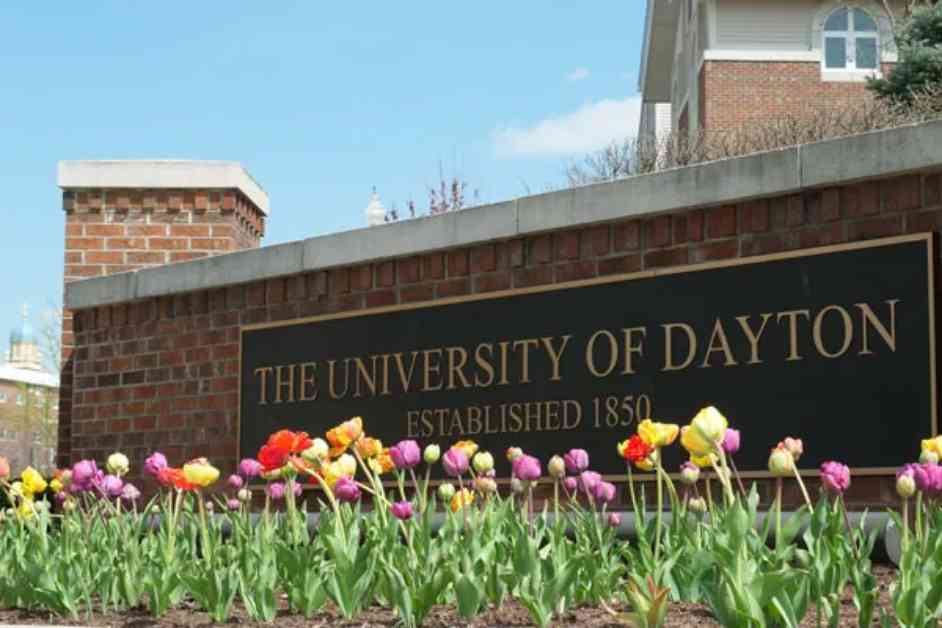University of Dayton Faces Tough Decisions Amid Financial Challenges
The University of Dayton, a private Catholic institution in Ohio, is currently grappling with the need to ensure its financial sustainability. In a recent announcement to faculty and staff, university officials revealed that they will not be renewing some faculty contracts for the upcoming academic year, leading to speculation about potential faculty reductions. Additionally, the university is considering cutting several academic programs in an effort to streamline operations and focus on undergraduate education.
According to the message sent to the campus community, the exact number of faculty positions that will not be renewed is still being determined. However, affected faculty members are expected to be notified by March 15, the typical date for issuing new contracts for the following academic year. This decision comes as part of the university’s efforts to address financial challenges and ensure its long-term viability.
In addition to faculty reductions, university officials are also contemplating the elimination or consolidation of up to 20 master’s programs and three doctoral programs. This move is in line with a recommendation from the university’s graduate academic affairs department and reflects a shift in focus towards undergraduate education. By streamlining its academic offerings, the university aims to operate more efficiently and effectively in a changing higher education landscape.
Financial Pressures and Strategic Planning
Dayton officials cited a variety of challenges facing colleges across the country, including declining high school graduates, increased competition from public universities, and changing perceptions of the value of higher education. These factors, combined with economic uncertainties and demographic shifts, have put pressure on the university’s budget and necessitated strategic planning to ensure financial stability.
Despite these challenges, the university is not operating at a deficit, unlike many institutions that have been forced to cut programs and staff in recent years. In fact, Dayton reported a total operating surplus of $35.9 million for the fiscal year ending June 2023, although this was down from $44.8 million the previous year. With a growing enrollment and a relatively healthy financial position, the university is taking proactive steps to align its expenses with market realities.
While Dayton has already reduced employee headcount through attrition and incentives, officials stressed the need for further action to address the institution’s operating margin and budget pressures. They emphasized the importance of making difficult decisions now to avoid larger reductions in the future that could jeopardize the university’s mission and impact more faculty and staff members.
Program Review and Enrollment Management
As part of its cost management efforts, the university is conducting a thorough review of its academic programs to identify opportunities for consolidation or discontinuation. The 23 programs flagged for potential changes have been selected based on factors such as enrollment numbers, student demand, and alignment with the university’s strategic priorities. By focusing on programs that are under-enrolled or duplicative, Dayton aims to optimize its academic offerings and allocate resources more efficiently.
In addition to program changes, the university is also looking to adjust its undergraduate student body size by reducing enrollment by 10% to 15%. This decision is driven by demographic shifts and a strategic goal to enhance faculty-student interactions, improve graduation rates, and prioritize access for students from middle-class and lower-income families. By strategically managing its enrollment, Dayton seeks to maintain a strong academic experience for students while adapting to changing market conditions.
In conclusion, the University of Dayton’s contemplation of faculty reductions and program cuts reflects a proactive approach to addressing financial challenges and ensuring long-term sustainability. By making difficult decisions now and aligning its operations with market realities, the university aims to maintain its position of institutional strength and continue to provide a high-quality education for its students.

